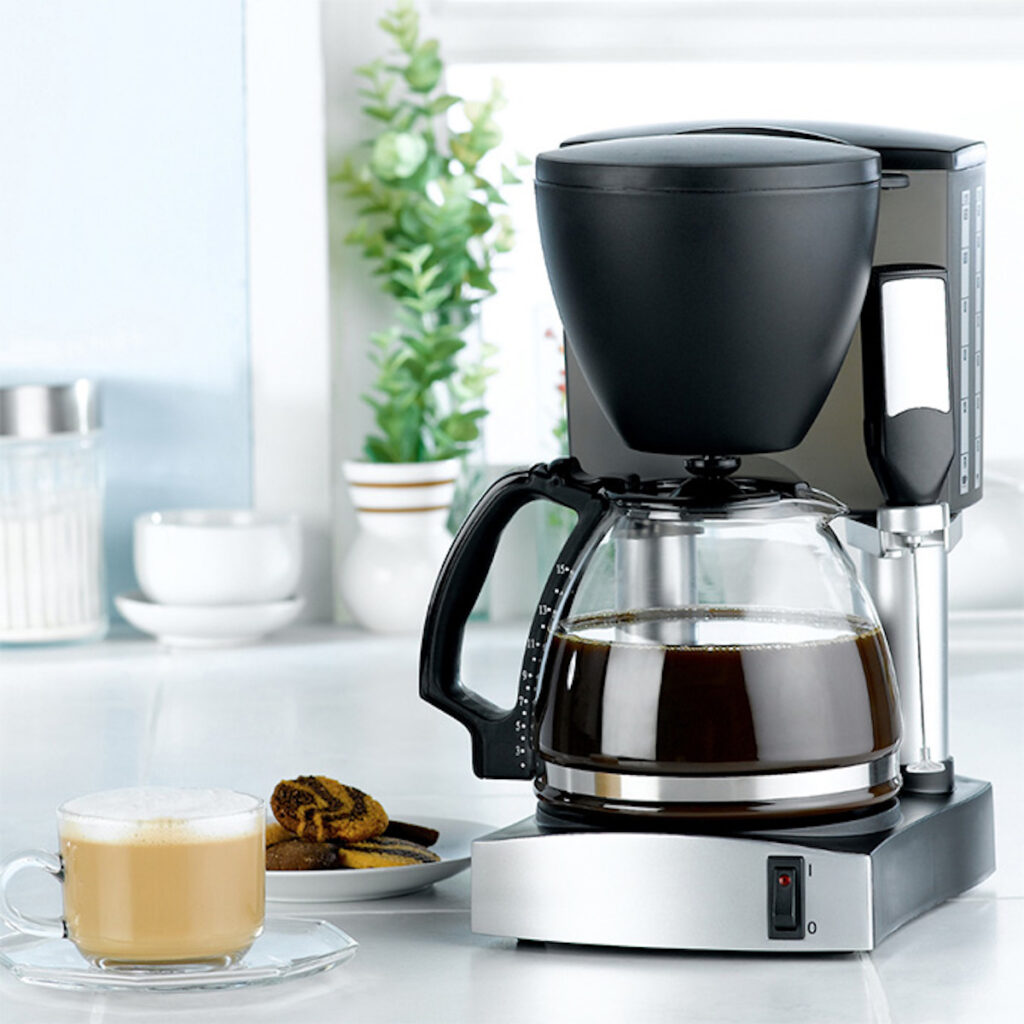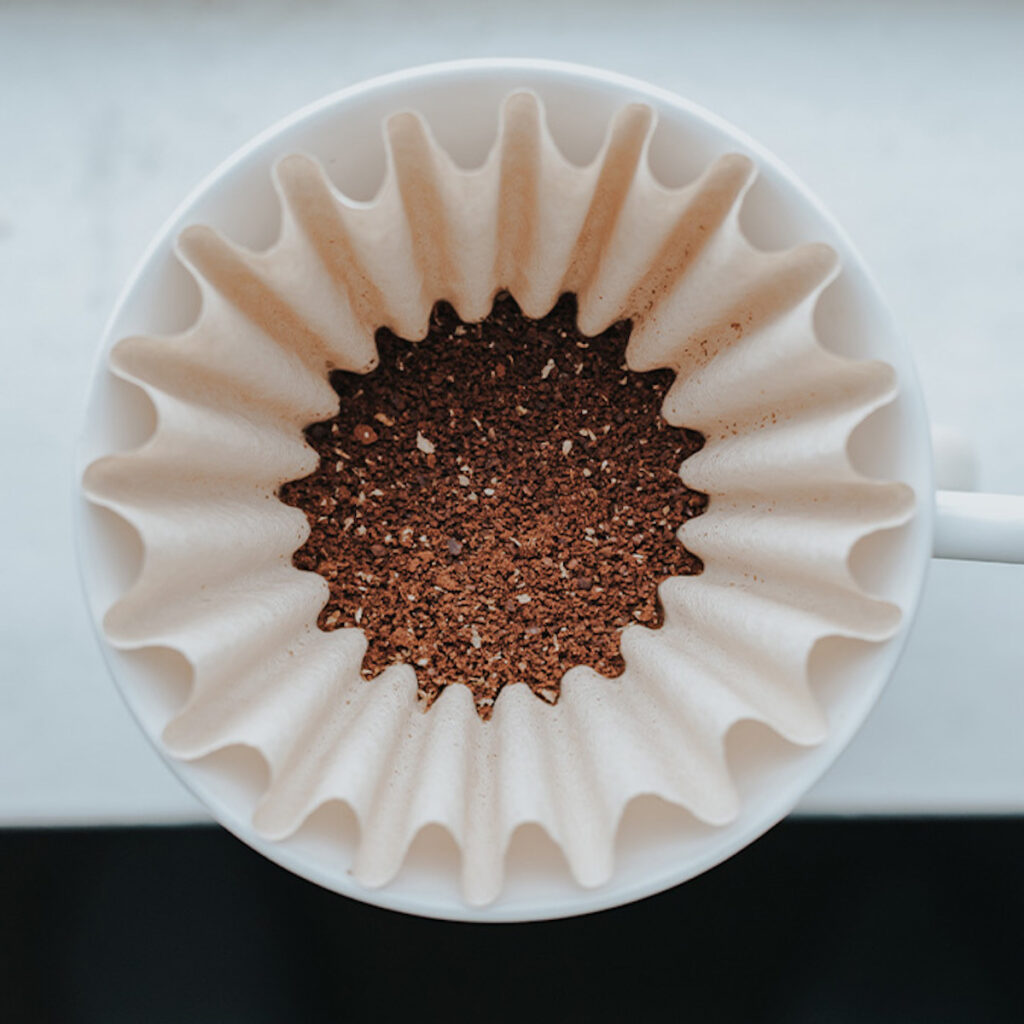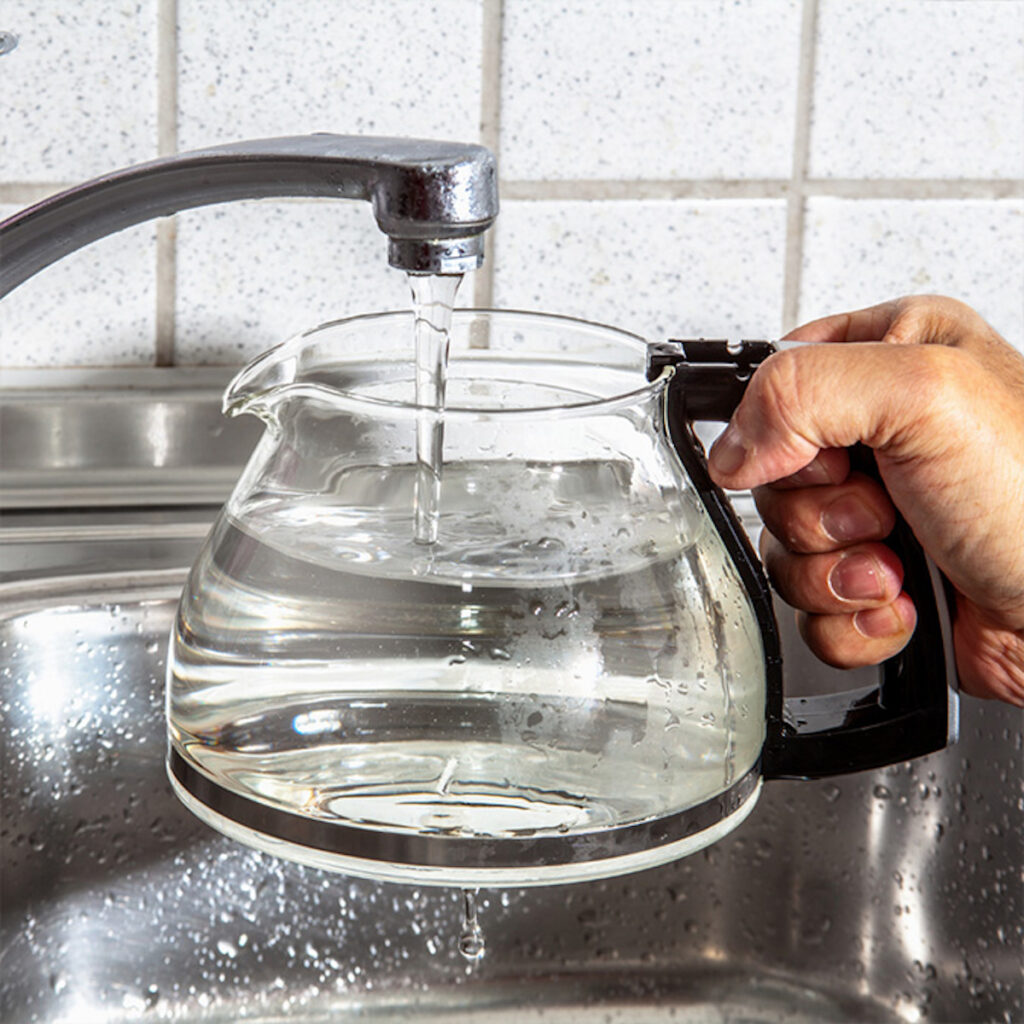Instant coffee is a good choice for those mornings when you’re in a hurry and don’t have the time to properly sit down and enjoy your cup of joe as you should.
A Comprehensive Guide to Perfect Coffee by Using a Pot
But coffee drinkers that truly want to taste a flavorful brew know fresh coffee makes a big difference – and the best thing is that you can choose the brewing method that works best for you. Today we are showing you the tricks to brew the perfect pot of coffee.

Making the perfect pot of coffee at home might sound a bit overwhelming if it’s your first time trying, but it’s much easier than you think. All you need is ground coffee (or your favorite whole bean coffee and a coffee grinder – find the best burr grinders here), hot water, and your coffee maker, and you’re all ready to brew your coffee.
In this article, we will cover all the information you need to create the perfect pot of coffee in a simple way so you can enjoy good coffee any time you want to. Are you ready to learn how to make deliciously fresh coffee? Let’s get started!
Part 1: How to Choose the Right Kind of Filter & Choosing Your Coffee Type
Making coffee is an art in itself. Choosing a good filter is crucial for making good coffee. Filters are what keep the grounds from reaching your cup, but still allow the coffee oils and flavor to get through. In other words, coffee filters affect the final taste of your coffee, and that’s why it’s extremely important to choose the best option for you. Coffee filters are available in three types – paper, cloth, and metal, each has its pros and cons.

Paper filters are often less expensive, though they can sometimes impart a chemical taste to the coffee. Probably the most common filter, paper filters can be found in pretty much any grocery store. These filters are used in drip coffee makers, also one of the most common methods for brewing coffee. Paper filters are very absorbent and help produce cleaner coffee.
If you are using a coffee maker, all you have to do is fill up the water tank, insert the paper filter into the compartment, add the desired amount of coffee grounds into the filter, and turn on the coffee maker to start the brew.
Another affordable choice Is the cloth filter – It is not as common, but they do have a lot of benefits. Cloth filters are great at capturing all of the coffee grounds while keeping all the flavorful oils, and they can be used for about 100 brews making it a very ecological choice. Thanks to the material, cloth filters are effective at removing particles while still allowing oils through which tend to result in a fuller flavor cup of coffee. The downside to cloth coffee filters is the upkeep, as they need to be washed after each brew.
These filters come in different shapes: cone, basket, and disk shapes. Cone coffee filters are best used for pour-over brewing; basket coffee filters can fit almost every model of basket coffee maker, while disk coffee filters are mostly used in AeroPress.
Lastly, there are metal filters. Metal filters are more durable but they tend to let particles of coffee grounds through even with the best metal filter. In some instances, they can make the coffee taste metallic. Metal filters, like cloth filters, allow the oils through so it can cause the coffee to have a stronger taste. This may be favorable for people who prefer a fuller taste. How? Well, the mesh in metal filters provides a much different experience than other types of filters since it doesn’t block much of the natural oils. Some coffee flavors only present themselves when the oils are present, making metal coffee filters a great choice for many people.
Some people prefer to make their coffee using a French press for its rich flavor profile. The pour-over method is usually easier for most people, but you need a dripper and some fresh ground beans for this one.
Now let’s move on to the type of coffee. There are two main types of coffee beans, Arabica and Robusta. Arabica beans have a delicate flavor and low acidity and make for a perfect, easy everyday drink. On the other hand, Robusta beans have a more acidic and bitter flavor as they can be grown in harsher climates with less water. For coffee lovers that want to try a unique flavor, we recommend trying single-origin coffees, such as Colombian or Sumatran coffee.
Then it’s time to choose the roast. When coffee beans are roasted, the flavor of the bean is brought out, which is what we look for in good coffee. There is an incorrect idea that darker roasts have more caffeine, but that is not true. The main difference between lighter and darker roasts is that lighter delivers the flavor of berries, caramel, chocolate, and floral notes, whereas darker roasts bring out a stronger flavor that overpowers regional flavors. Neither is better or worse, it all comes down to personal preference.
Part 2: Choosing the Right Serving Size
The next part is figuring out the coffee ground size. The size or fineness of ground coffee will depend on your brewing method. For a regular drip coffee maker, you will need medium ground coffee.

If you are unsure about the serving size, this is a good place to start:
For 12 coffee cups, use 15 tablespoons of coffee and about 60 ounces of cold water. For 10 coffee cups, use 12 and a half tablespoons coffee and 50 ounces cold water, and for 8 coffee cups, use 10 tablespoons coffee and 40 ounces cold water.
The coffee pot is one of the most common types of pots used in the kitchen. It has a good capacity for brewing but can be difficult to clean. A French press, on the other hand, is easier to clean but has a small capacity.
A pour-over is an elegant and precise way to brew coffee at home. It allows you to control brewing time and adjust the size of grounds depending on your preference or if you are drinking black or with milk.
We have a more detailed article on the amount of grounds, including how to make strong coffee, in our article How Many Ounces In a Coffee Pot so you can know exactly what grind size and how many grams of coffee to use for the best coffee.
Part 3: How to Clean Your Coffee Pot
We are all familiar with the dilemma of what is the best way to clean a coffee pot. The most popular methods people use are to run it through the dishwasher or boiling water. However, these two methods have their own sets of setbacks.

The dishwasher method has its problems too because any buildup will start to stick onto the pot and cause it to look grimy. And boiling water is not the best idea either because then you have to worry about mineral deposits that could be left behind on your pot after scrubbing it with soap and water.
To clean a classic drip coffee maker, one of the best ways is using vinegar and water. We recommend using the following method about once a month if you use your coffee maker every day, but if you drink it occasionally you need to do this every three to six months.
Steps:
- Fill the reservoir with a 50-50 mix of white distilled vinegar and water. Vinegar will sanitize the coffee maker and also dissolve mineral deposits. Then, put a filter in the basket and turn the coffee brewer on.
- Turn the coffee maker off halfway through the brewing process, and allow it to soak for about 30 minutes to an hour.
- Lastly, turn the coffee maker back on and allow it to complete the brewing cycle. Discard the paper filter and pour out the vinegar solution, and start a new brewing cycle with fresh water two times in order to completely remove the vinegar taste.
Keeping your pots clean is a good way to maintain the product life of your coffee pots, so keep that in mind if you’re ever feeling lazy about cleaning.
Get Brewing!
Now you know all the tricks to make the perfect pot of coffee at home – from what kind of coffee beans to use to how to clean your coffee pot. We hope this information was useful for you! If you try any of our tips, leave us a comment with your thoughts on this. See you next time!
